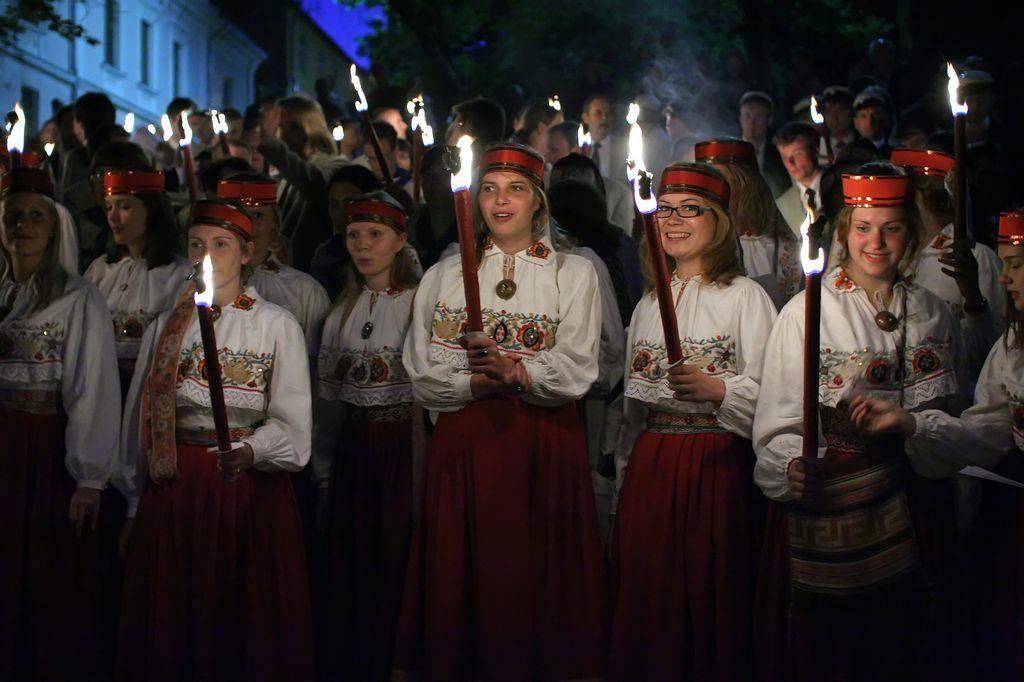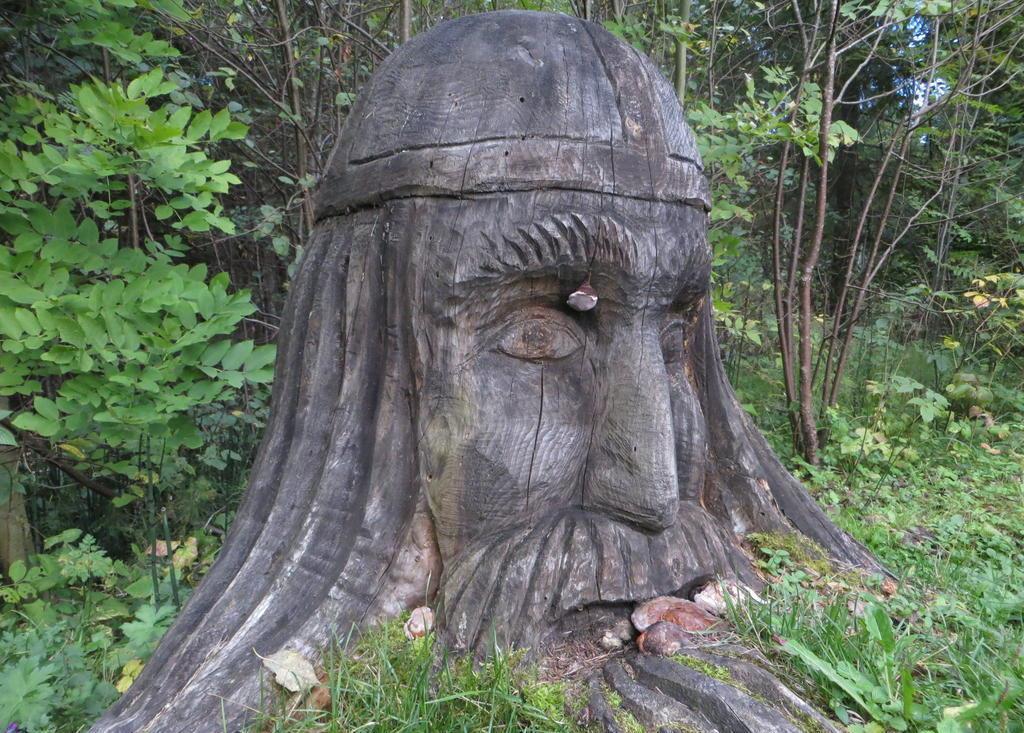Anna-Maria Zarembok asks whether the neo-Paganism, not Christianity, is the true religion of Estonia.*
The Estonian capital city of Tallinn is known to have kept the best condition of medieval structures from the thirteenth century. Despite Estonia’s well-maintained churches and other medieval tourist attractions, Estonia is considered to be one of the least religious countries in the world, with 78% of Estonians saying they do not use religion as part of their daily lives, according to the 2006-2011 Gallup polls.
Estonia’s non-religious attitude dates back to the thirteenth century’s invasion of Teutonic Knights. This was during the expansion of the Danish kingdom, when Christianity was forced upon Estonians who resisted because of military power and force of foreigners.

Today, Estonia’s most popular religions are Lutheranism (14% of the population affiliating) and Eastern Orthodox Christianity (13% affiliating). Ethnic Estonians do not consider themselves as religious people, so the religion is more actively practiced by those with Russian ancestry – approximately 25% of the population.
Before Christianity, there was something else…
Another belief of Estonians is neo-Paganism, and more specifically, Taaraism and Maausk (literally “Earth belief”). Neo-Paganism is defined as a modern religious movement that seeks to incorporate beliefs or ritual practices from traditions outside the main world religions, especially those of pre-Christian Europe and North America.
Taaraism went against the ways of Christianity and focused more upon the belief of nature. Because of the disbelief in Christianity, Estonians maintained a traditional culture of neo-Paganism that has continued to affect Estonian culture, beliefs and traditions to this day.

Ten years after Estonia gained independence in 1918, Taaraism was thought upon to create a national self-awareness and to reintegrate traditional pre-Christian beliefs. There were those who wanted to have a national Estonian religion that could develop with society – and for them, Taaraism was the choice, with the main goal to recover those pre-Christian beliefs of Estonians.
For Estonians, the idea of worshipping nature is thousands of years old. Maausk is not actually a religion, but a collection of verbal traditions, songs and customs. Shrines are like sanctuaries in Maausk, with large wooden swings and saunas.

Bonfires and traditions relating to the elements of nature form a part of Maausk and have a meaning, which are, in turn, connected to the holidays, such as summer solstice. Because there is no god or a place of worship; all that is, is nature. Everything that exists and dwells is considered to be part of nature and to contain the spirit of nature. This goes to say that whatever you do to the Earth, the Earth will do to you.
Neo-Pagan nation?
Those who had hoped Taaraism to become Estonia’s national religion during the first independence period in 1918-1940, saw their prospective success squashed by the Soviet occupation, as the atheistic and collective Soviet Union didn’t take any religion kindly, let alone a stand-alone national one, which would give too many independent ideas and thoughts.
Today, the population of Taara or Maausk followers is extremely small.
However, according to the 2000 census, only 29% of the total Estonian population is at all religious, but in 2005, the Eurobarometer poll found that 54% believed in some spirit or external life force.
That spirit or life force is ill-defined, but according to a study done by the University of Tartu in 2014, out of 1,100 people, 61% of Estonians believed that neo-Paganism was the true religion of Estonia, even though only 4% considered themselves Pagan.
There is an increasing population that is identifying themselves as Estonian neo-Pagan because they are distancing themselves from Christian ideas.
People are not going to church nor have any religious affiliation because there is no such tradition, and family related religions do not remain in practice because there is no specified religion at birth.
Therefore, it is concluded in the study that Estonia is a secular country “because the total membership of religious organisations is relatively low and the impact of religious institution on Estonian public life relatively modest, Estonia is best seen as a secular society”.
God is a singer
Because there really is no national religion, Estonians take pride in their traditions, especially through music. This does not only include singing around a bonfire with friends and family, but the Estonian laulupidu, or song festival, which began in June 1869.

And indeed, Estonians have the largest collection of traditional folk songs with about 133,000 on record. Chanting is also a major aspect of Estonian music because it was thought to have brought good fortune and good energy to the surroundings.
Writing and literature became a major focus to Estonian culture after the sixteenth and seventeenth centuries because it allowed for Estonians to have a spiritual leader with them and because it allowed for their say in politics, which was not allowed at the time.
Overall, Estonian neo-Paganism provided an outlook for the Estonian population in regards to keeping old traditions alive – one can even find some similarity here with Jews, who kept their identity and traditions thanks to Judaism.

Even though Maausk and Taaraism are not the most popular religions in Estonia, they are still viewed as a signature part of the country because of the culture that was not allowed for many years. Through song festivals and great works of literature, Estonians are able to keep their cultural traditions alive, even if it means not being a Pagan.
* This article was lightly edited on 17 June 2021.



If it’s traditional, then it’s not neo-pagan, it’s just pagan.
I’m looking for european pagan words that mean life force or energy force. India has prana, the Chinese have qi, the Native Americans have orenda, even the Polynesians have mana. But this concept seems to be missing from Europe. Any ideas?